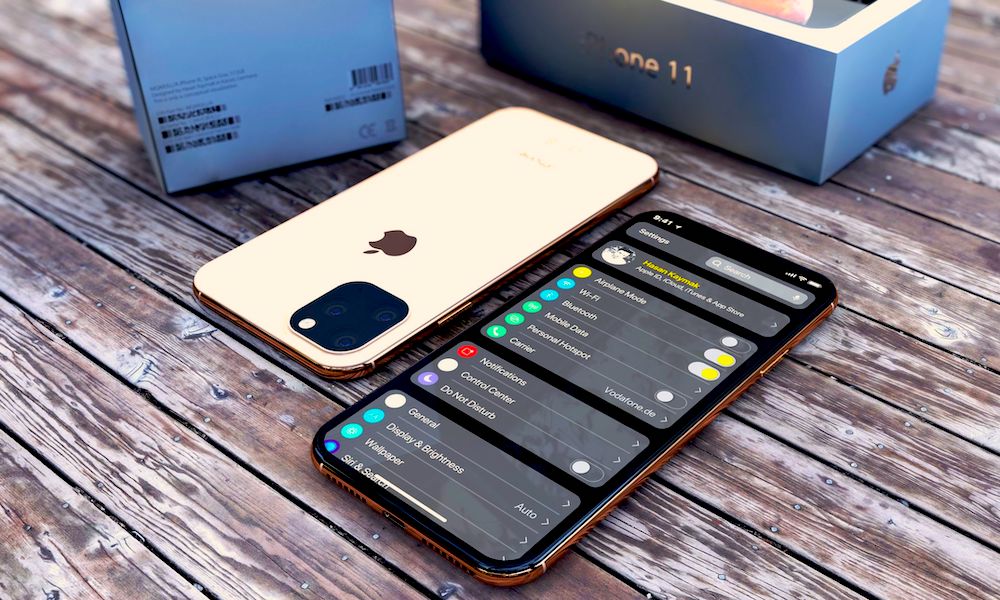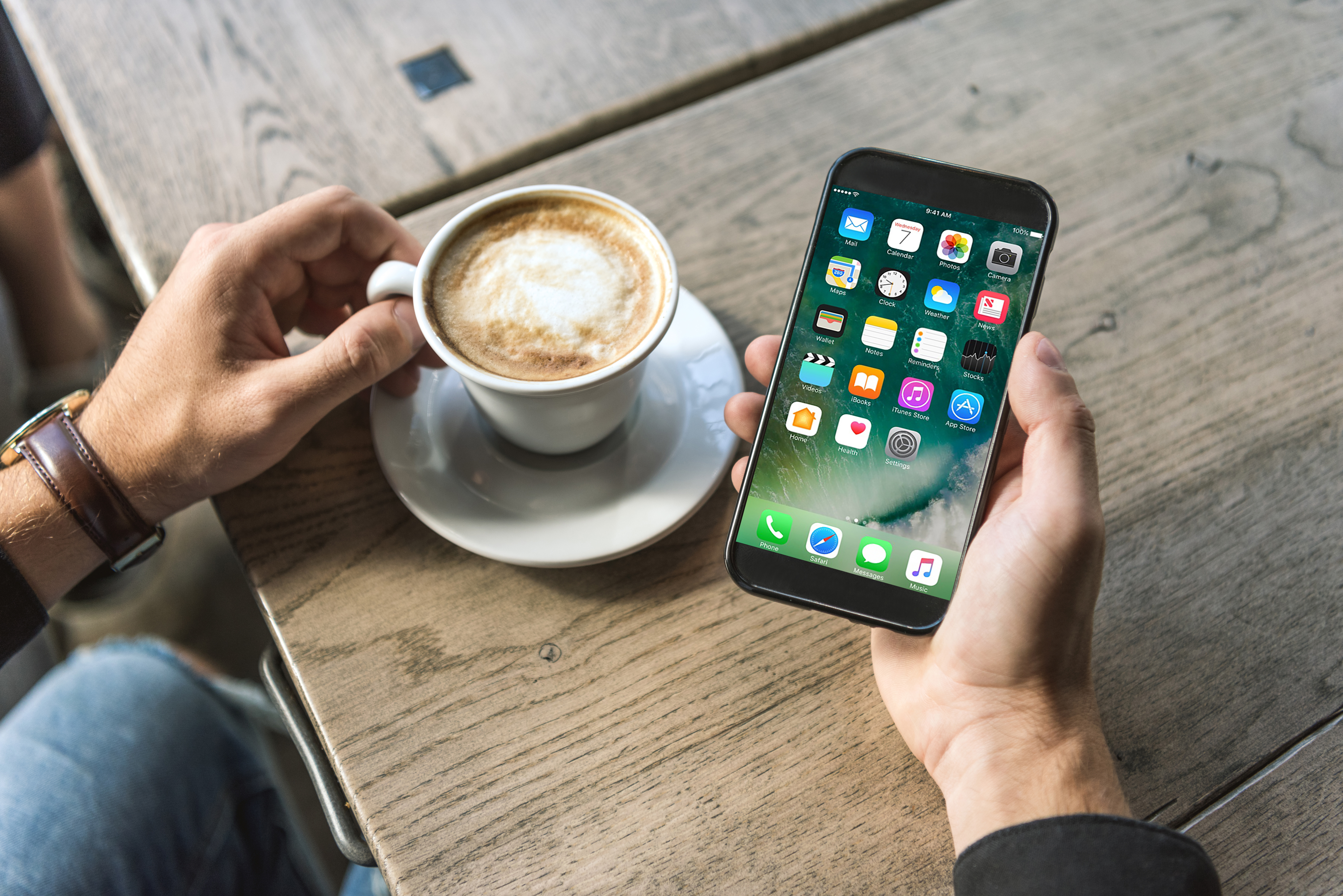Delivering Mobile Notifications: Android vs. iOS

October 19, 2018 | Article written by Carly Morris
Mobile advertisers know the importance of strategic app notifications in sustaining strong user engagement post-download.
And, when it comes to mastering the art of app messaging, there are many different factors to consider. One of these factors has to do with different mobile devices and operating systems.
The King & Queen of App Notifications: Push + Native
The two main avenues for app advertisers to reach existing users on mobile are push notifications and in-app messaging.
Push notifications are sent to the home screen in an effort to drive users to open and engage with the app. In-app messages are sent while your users are already engaging with the app to in order to encourage longer session times.
These two notification tools are crucial to generating and maintaining user engagement long after the initial install. But, as in most scenarios, things tend to run a little differently on Android and iOS.
How Push Notifications Differ: Android vs. iOS
The push notification experience for users on iOS and Android is yin and yang. Here are a few of the big differences:
● On iOS, push notifications are sent to the home screen, but when the user unlocks their phone, the notification disappears.
● On Android, the push notification will stay on the lock screen until the user opens the app to see the notification.
● Android users are automatically signed up (or asked) to receive push notifications when first downloading an app.
● iOS users are not automatically signed up (or asked) to receive push notifications when first downloading an app.
What does this mean in terms of success? A summary from Localytics showed that the average iOS push notification has a 3.28% open rate, while Android hits about 4.57%.
Why? It’s all about the user experience.
How In-App Messages Differ: Android vs. iOS
Just like push notifications, in-app messages can have a different effect on each OS, and your delivery strategy should cater to these differences accordingly.
In this case, when it comes to in-app notifications, iOS often takes the cake. This is largely because the experience within the app tends to be more seamless, offering a better user interface as compared to Android.
A Localytics study of in-app notifications showed that:
● The average iOS in-app notification has an open rate of 9.93%, while Android runs closer to 7.26%.
● iOS’s in-app notifications have an average 3.83% conversion rate, and Android averages about 3.35%.
Creating In-App Notifications On iOS & Android
There are many key takeaways that advertisers can apply based on an understanding of these core differences. Consider, for example:
● Because iOS users aren’t automatically signed up for push notifications, it’s recommended to invite users to opt-in for push notifications, usually after they’ve already used the app 4-6 times.
● When it comes to in-app notifications, you should always aim to keep the setup in line with the rest of your app and think closely about optimal times to chime in.
● Use both push and in-app notifications. With Android leading for push and iOS leading for in-app, it’s best that advertisers integrate both kinds of messaging to cover all the bases. That being said, don’t go overboard. 22.3% of users say they would stop using an app if they received 2-5 push notifications per week. Remember to frequently assess your data to understand your app’s sweet spot.
● Customize your notifications. 49% of users say that notifications based on preference will result in them wanting to use the app more. The more options users have, the more likely the notifications they receive will be effective, so let them choose to opt-in by relevant category, such as news, deals, updates, and more.
No matter how concise the messaging, mobile app notifications are a critical part of any long-term user engagement strategy.
At their best, these messages are a seamless and natural way to boost engagement, loyalty, and monetization potential. At their worst, they may be no more than an unwelcome interruption.
Take special care to understand the user experience to get a sense of how your messages will be received. And, above all else, never send notifications just for the sake of sending them. It’s all about giving some kind of relevant value-add to elevate the experience.


